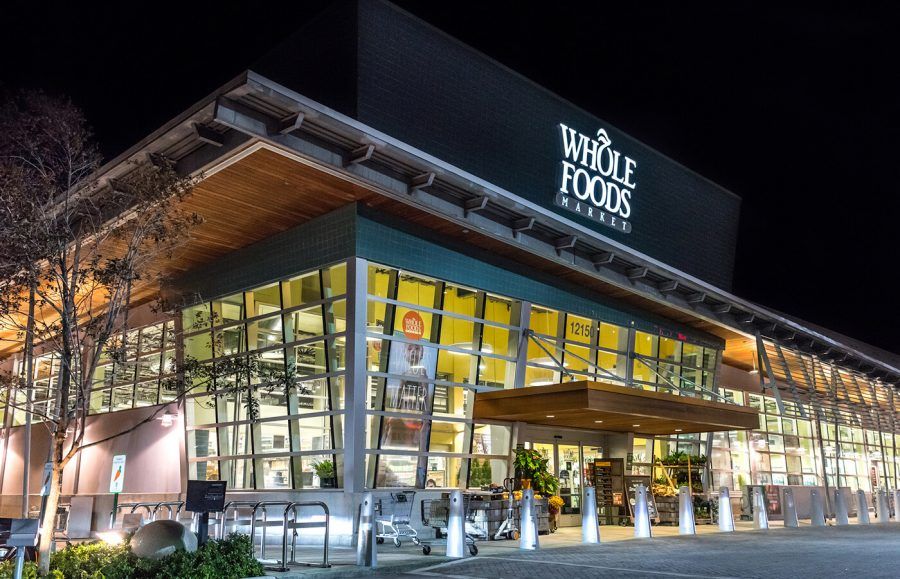At Experian, one of our priorities is consumer credit and finance education. This post may contain links and references to one or more of our partners, but we provide an objective view to help you make the best decisions. For more information, see our Editorial Policy.
Whole Foods isn't exactly known for its low prices, but since the grocery giant was bought by Amazon in 2017, changes have been afoot. The online retailer has slashed prices on many Whole Foods products, and in 2018 announced that shoppers using the Amazon Prime Rewards Visa Signature card will earn 5% cash back on purchases made at Whole Foods.
There is a small catch: The 5% cash back benefit, which also applies to Amazon.com purchases, is only available to active members of Amazon Prime, a subscription program that offers free two-day shipping, access to streaming video and music, and a variety of other Amazon-specific perks for $119 a year.
Those who do not have Amazon Prime can get the Amazon Rewards Visa Signature Card, which gives 3% cash back on Amazon.com and Whole Foods purchases. Cardholders of either card can get 2% cash back at restaurants, gas stations and drugstores, and 1% back on all other purchases.
The cards, which are offered through a partnership with Chase, also come with several other benefits, including no foreign transaction fees on purchases made abroad, lost luggage reimbursement and no cap on rewards earnings. Cardholders can redeem rewards at Amazon itself, but also through cash back in form of statement credits, gift cards and at Chase's travel rewards portal.
So Is It Worth It to Apply for the Amazon Prime Rewards Card?
For existing Prime members who are big Amazon spenders, it's probably a good bet—especially because there's no annual fee to own the card. You could even use this card to earn cash rewards that totally cover your $119 Amazon Prime membership if you spend at least $2,380 a year at Amazon.com. But if you don't spend that much at Amazon.com every year, you could probably make up that membership fee with rewards earned through spending at Whole Foods and elsewhere.
If your spending lines up with the Amazon Prime Rewards Card's rewards categories, signing up for Prime and applying for the card is worth considering, because the cash back could cover your Prime membership.
But if shelling out $119 a year for a Prime membership isn't something you'd do anyway, the card is less attractive and you may want to consider other rewards cards. That's because there are others out there that can earn you 3% or more on all grocery purchases (American Express has several), as well as other cards that offer higher returns on dining out and gas. The key, as usual, lies in examining where you spend your money in order to maximize your cash back rewards and using the right card on the right purchases.
Here's when it makes little sense to apply for the card: If you plan on carrying any sort of credit card balance. The APR on the Amazon Rewards Visa card is between 14.24% and 22.24%, depending on an applicant's credit worthiness. That rate could wipe out any rewards you might earn—and saddle you with additional debt.
All information about the Amazon Prime Rewards Visa Signature Card and Amazon Rewards Visa Signature Card has been collected independently by Experian. The product details on this page have not been reviewed or provided by the card issuer. Check issuer's website for current offer details.

